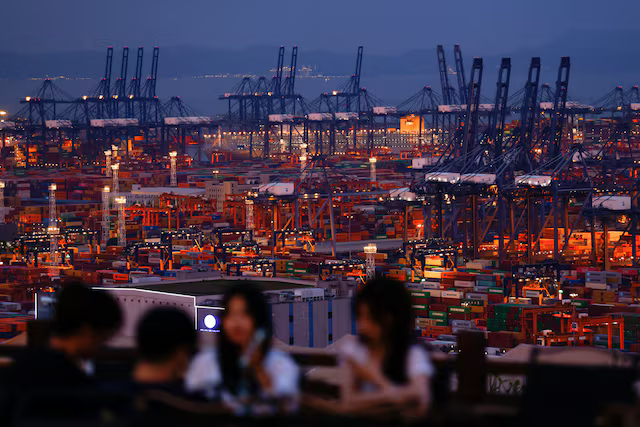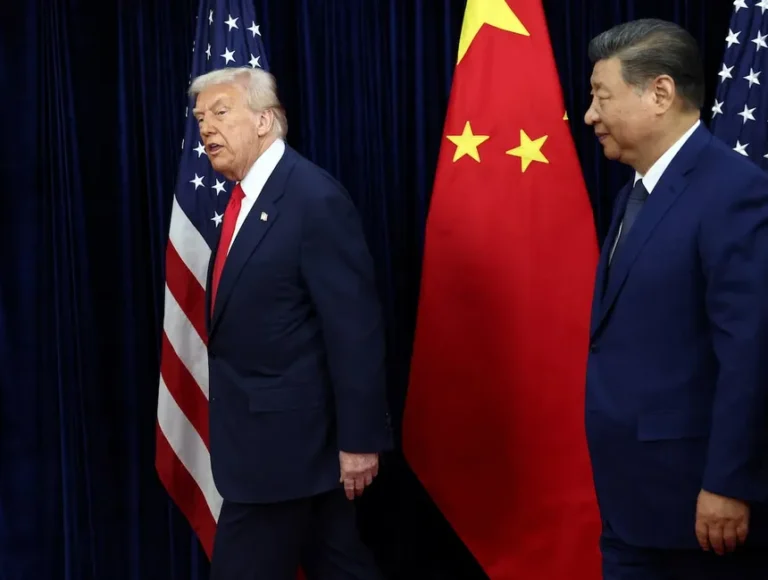
Strong Export Growth Before Tariff Increase
China’s exports grew faster than expected in July, with manufacturers expediting shipments ahead of an August 12 deadline for new U.S. trade tariffs. Customs data showed outbound shipments rose 7.2% year-on-year, exceeding forecasts of 5.4% and improving from June’s 5.8% growth.
Imports also outperformed expectations, increasing 4.1% compared to the same month last year. Analysts had anticipated a 1.0% decline.
U.S. Trade Measures
The acceleration in trade comes as the United States prepares additional tariffs under President Donald Trump’s administration. Measures already implemented include:
- A 40% tariff on goods rerouted through third countries.
- A 100% levy on semiconductor and pharmaceutical imports.
- An additional 25% duty on goods from countries purchasing Russian oil.
The temporary U.S.–China tariff truce is set to expire next week, raising concerns over renewed supply chain disruptions.
Shifting Trade Routes
While exports to the United States dropped 21.67% in July compared to last year, shipments to the Association of Southeast Asian Nations (ASEAN) grew by 16.59%. Economists note that Southeast Asia has become increasingly important in U.S.–China trade flows as companies navigate tariff rules.
China’s trade surplus narrowed to $98.24 billion in July from $114.77 billion in June. In the United States, June trade data showed the deficit with China at its lowest level in more than two decades.
Commodity Imports and Domestic Outlook
China’s commodity purchases in July presented a mixed picture. Soybean imports reached record highs, largely sourced from Brazil. Crude oil and copper imports also increased, though analysts suggest inventory building may have inflated the figures.
Iron ore imports continued to decline, reflecting persistent weakness in the construction sector amid an ongoing property market slowdown. Real estate remains a major source of household wealth in China, and its struggles are weighing on broader domestic demand.
Economic Challenges Ahead
Chinese policymakers are expected to prioritize household consumption in the next five-year economic plan as trade tensions, tariffs, and deflation risks persist. Relations with the European Union also remain strained, with the bloc alleging that Chinese goods are underpriced.
Economists project that export growth will slow in the second half of 2025 due to sustained high tariffs, tighter enforcement against shipment rerouting, and cooling demand from key trade partners.






